| Four different colors of epiphyllum. | Aren’t we lucky -- we’re still experiencing warm but mild spring weather! We’ve made it through May with nary a hot day over 90 degrees, much less our week of over 100-degrees that has plagued us in the past. But, those over-90 degree days are forecast for this coming week, so we’ll see what’s to come later in the month. As long as we continue to have this glorious spring weather with just enough heat to keep the tomatoes happily growing and sweetly ripening their fruits, I’m in heaven! Continue Sowing and Transplanting
Corn
Get More Tomato Fruits
Root Cuttings of Ornamentals
For more garden tasks, see June. |
|
2 Comments
ELF
5/30/2021 08:41:41 pm
Wow! There are a lot of succulents for you to keep track of! When would you try to take cuttings of rosebushes that you want to propagate?
Reply
Yvonne Savio
5/31/2021 10:11:44 am
Hi, ELF -- Now's a great time for roses and any other firm-stemmed plant. They're actively growing so likely to put out roots. Just take care to keep in the bright-light-but-no-direct-sun for the first month or two until they put out new leaves to do their photosynthesis.
Reply
Leave a Reply. |
Categories |

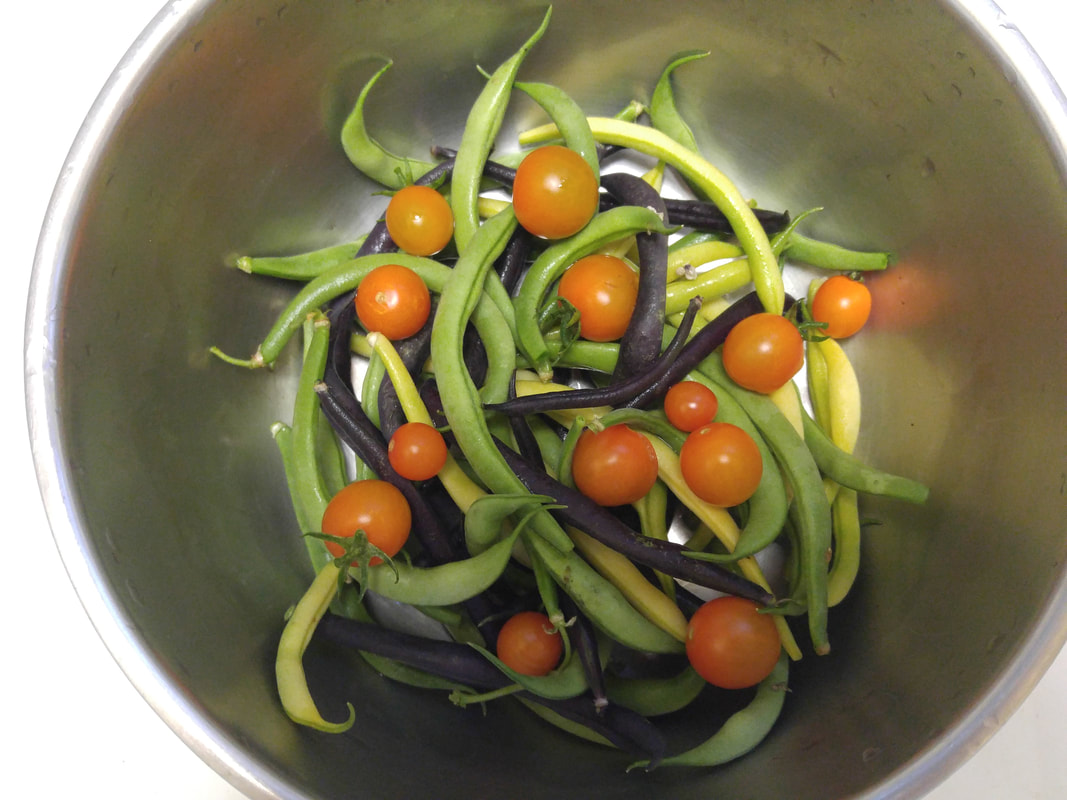
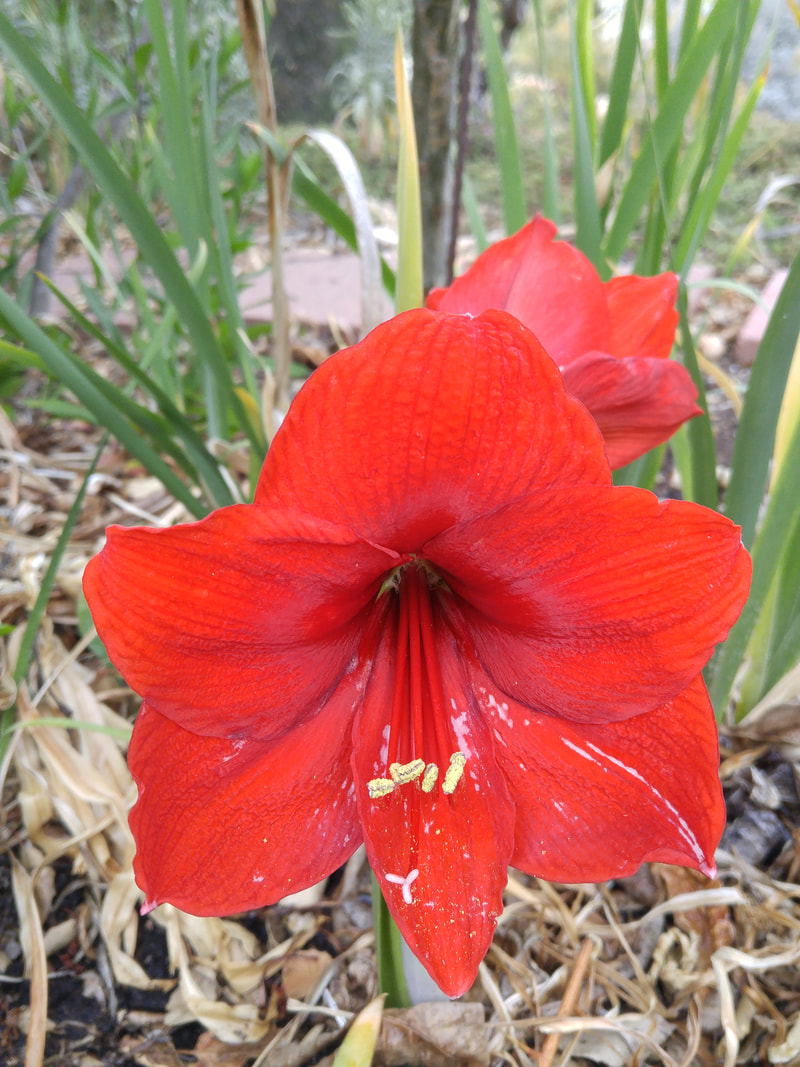
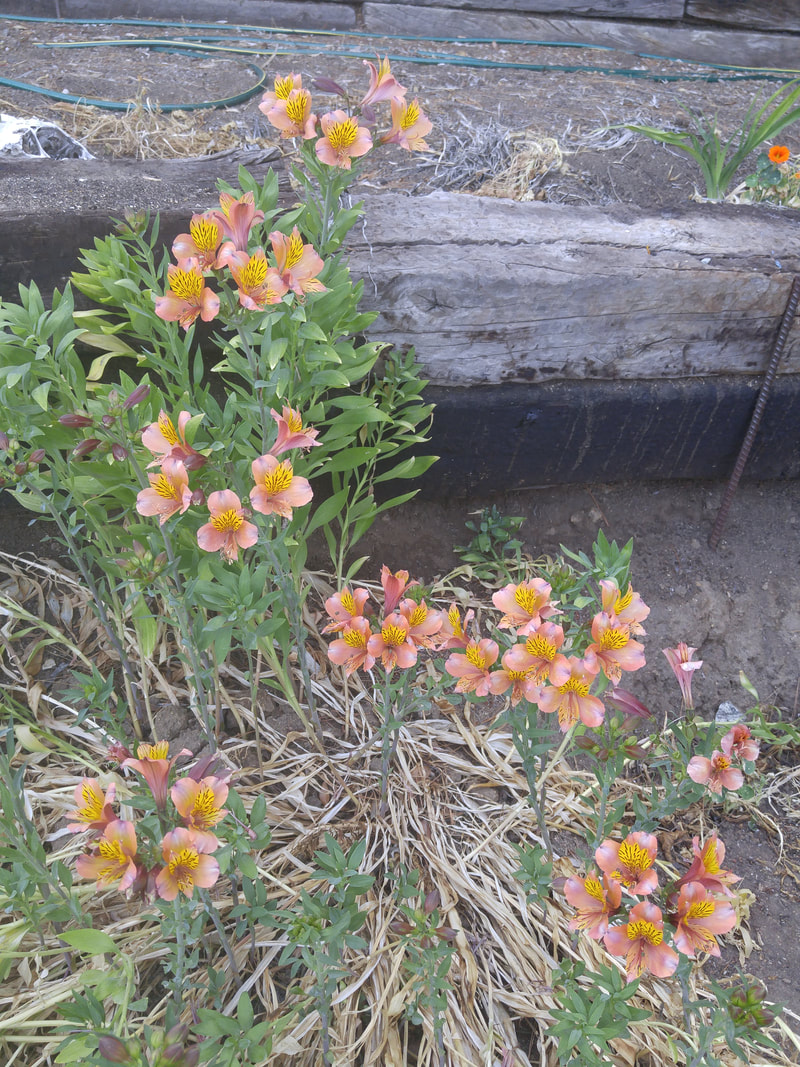
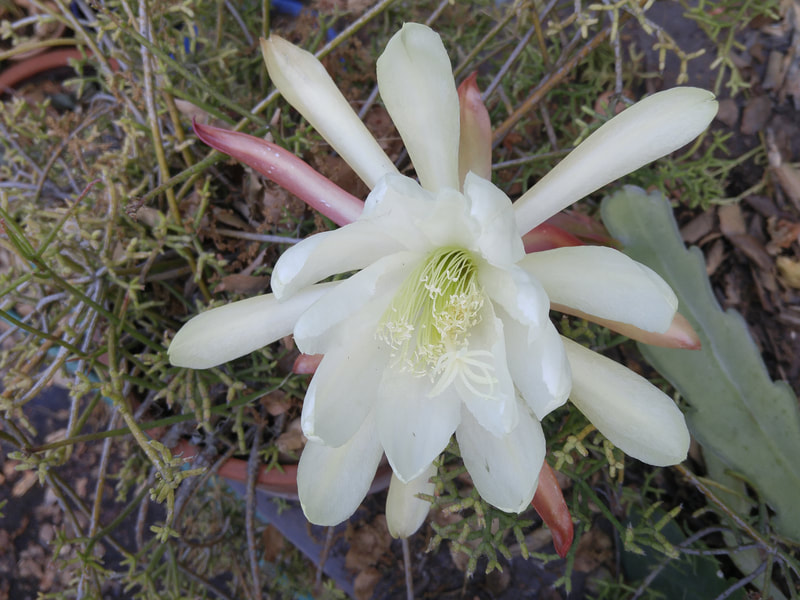
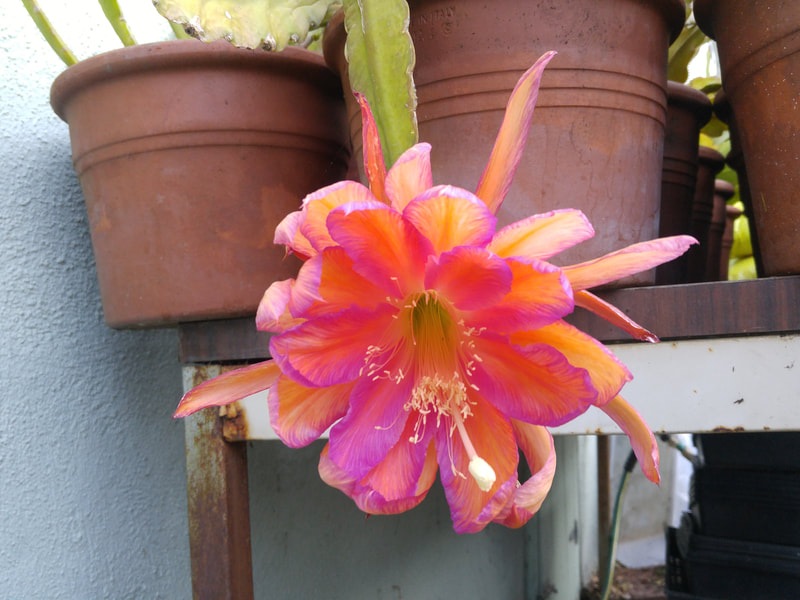
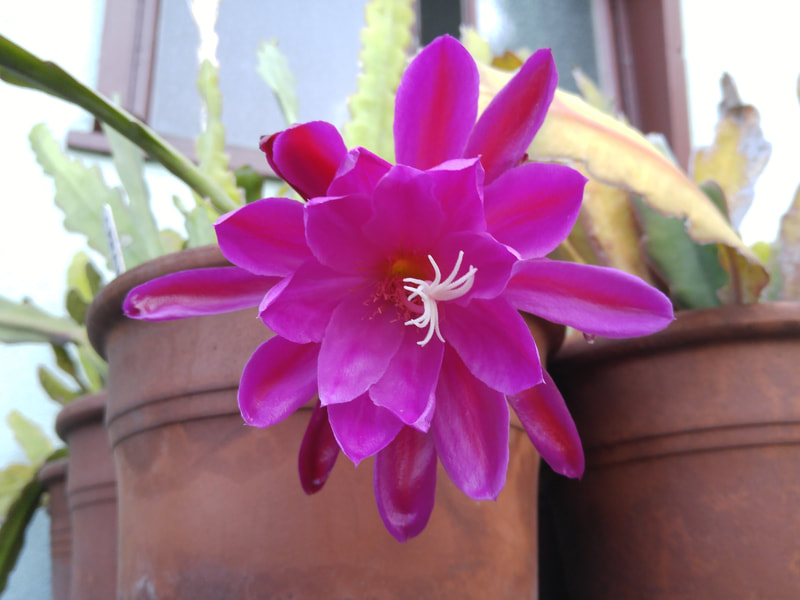
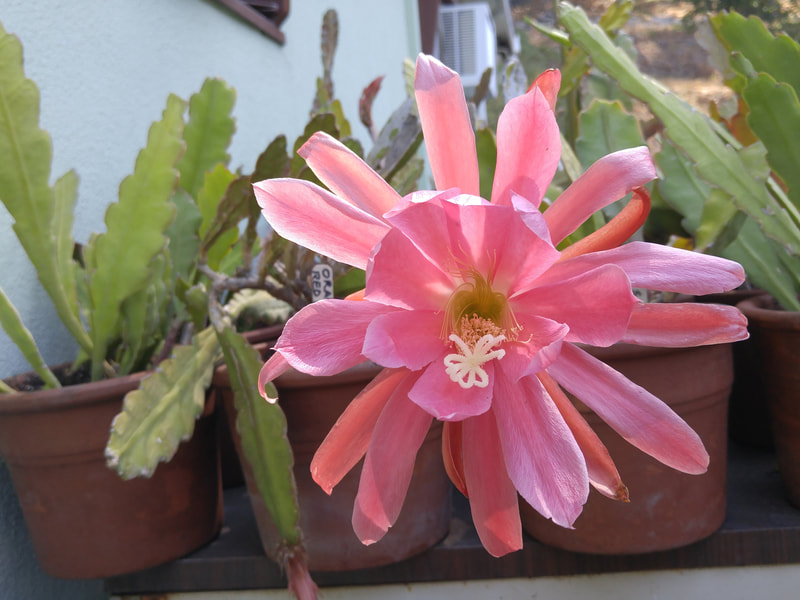
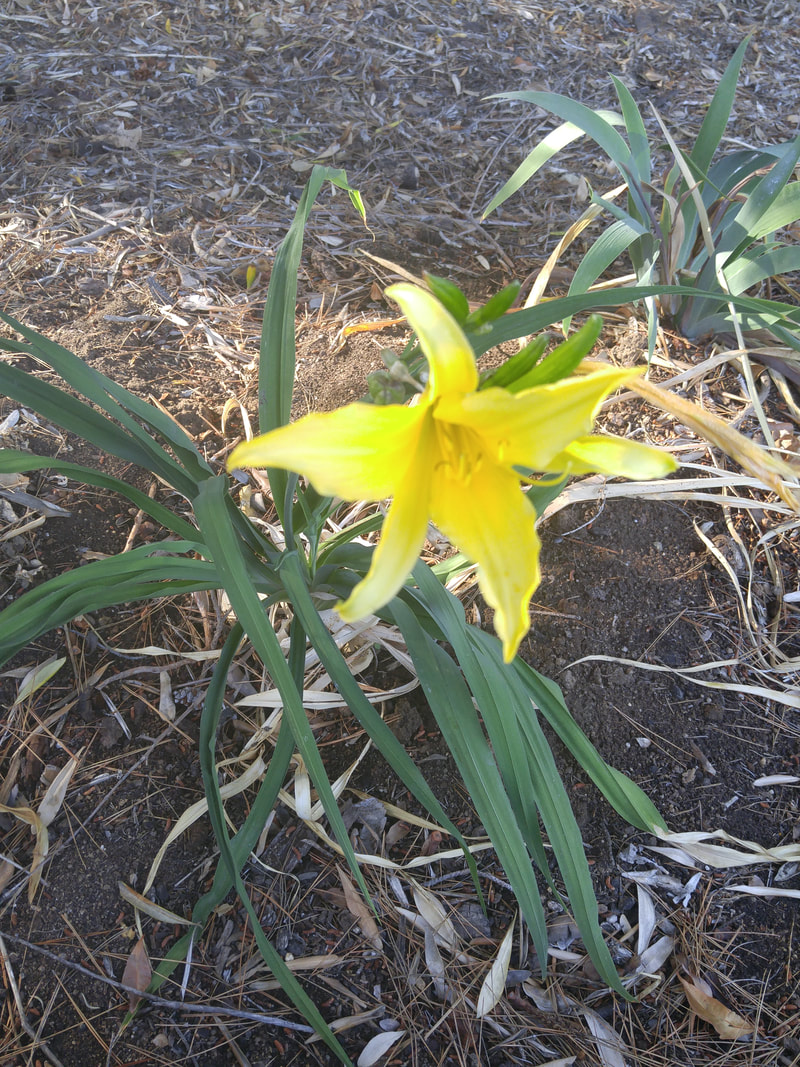
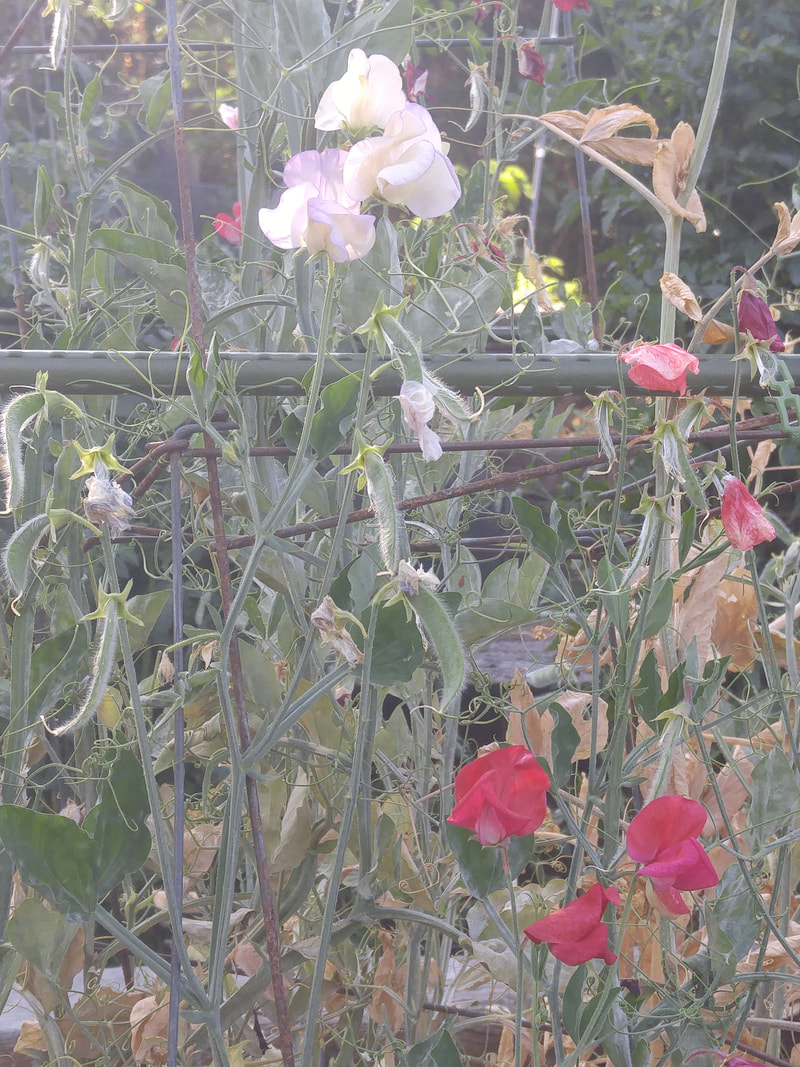
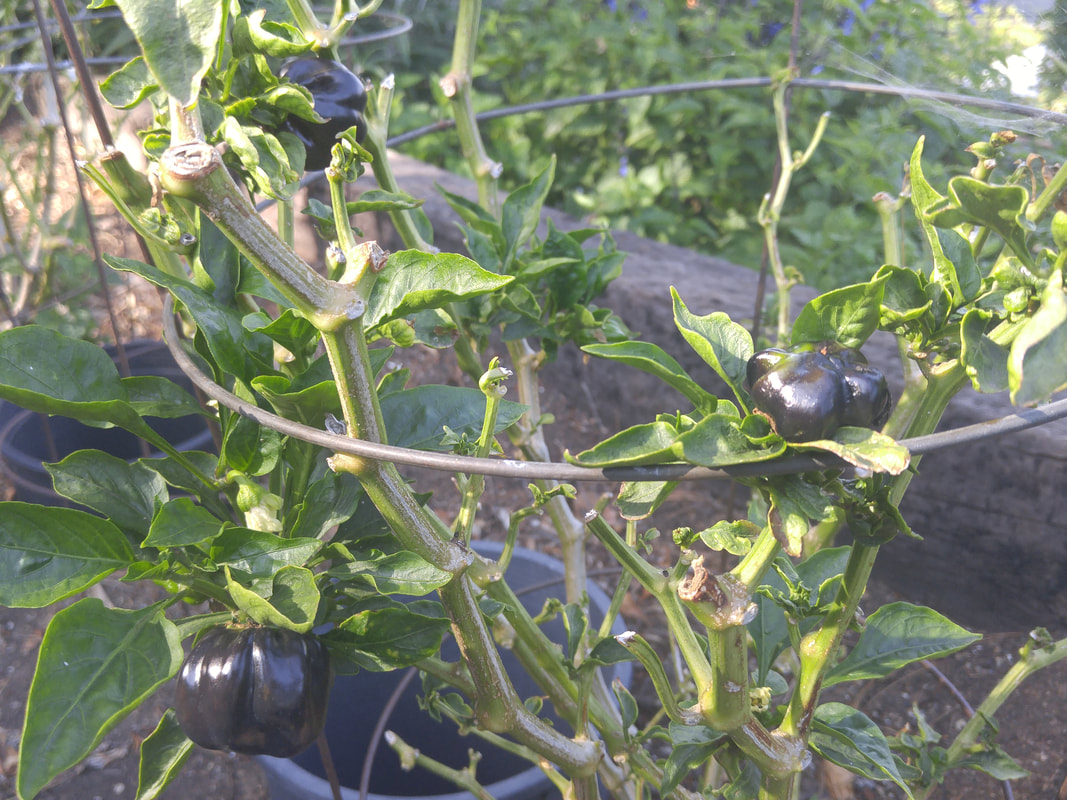
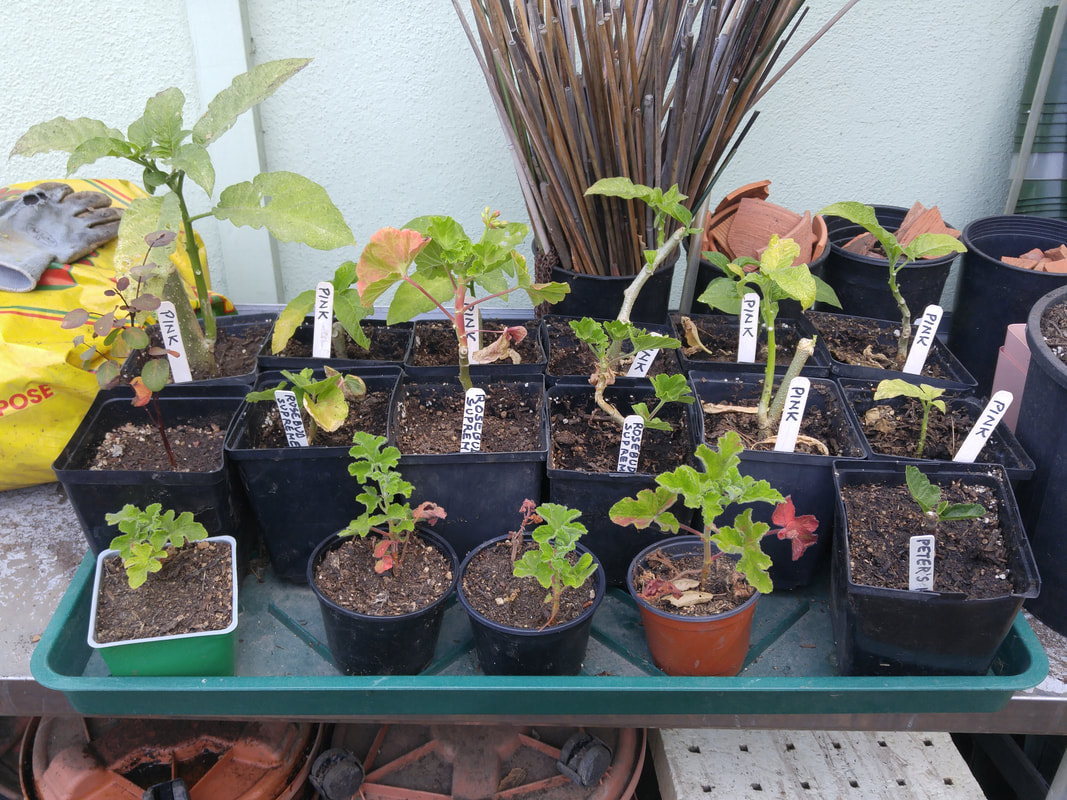
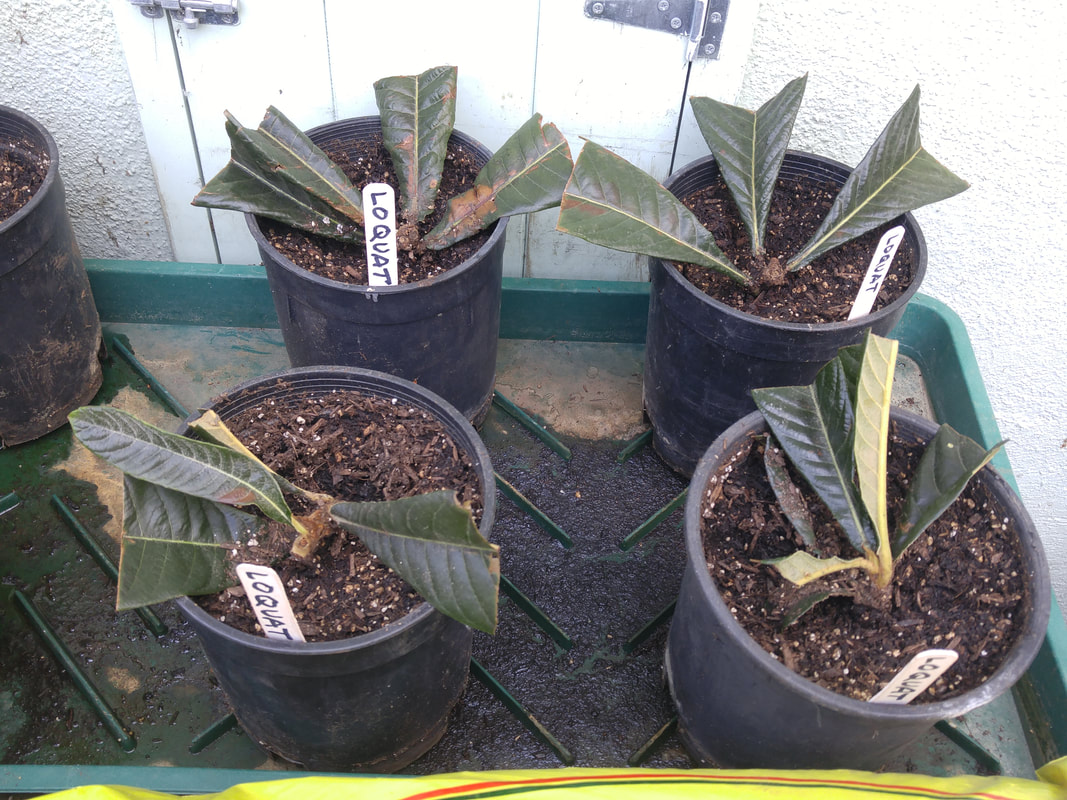
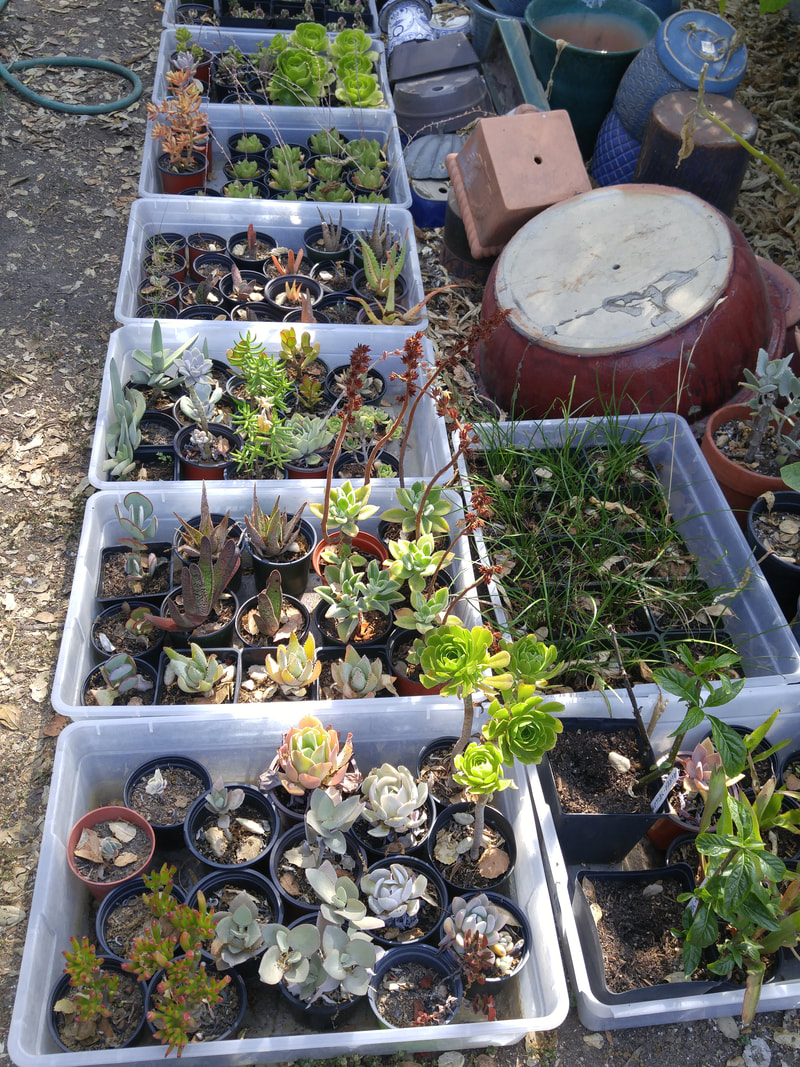
 RSS Feed
RSS Feed